Wayne McGregor and Random International collaborate on futuristic dance performance
Presented by BMWi and Superblue during Frieze London 2021, No One is an Island is an arresting yet hypnotic dance performance confronting the relationship between man and machine

There is a tender moment at the close of Wayne McGregor and Random International’s latest collaboration, No One is an Island, when two dancers lie beneath the sculpture that forms the centrepiece of the work. It’s as if they are being enveloped by it. The sculpture is a robotic machine, which over the course of the 12-minute live performance ‘dances’ alongside its fellow (human) performers.
As in their previous creative partnerships, No One is an Island, presented by BMWi and Superblue, and premiered during this year’s Frieze London, is infused with a spirit of enquiry. The quietly meditative but arresting work raises questions such as how we recognise an object as ‘human’ through its movement, and how we relate to our own image, our own humanness, when it is in motion.
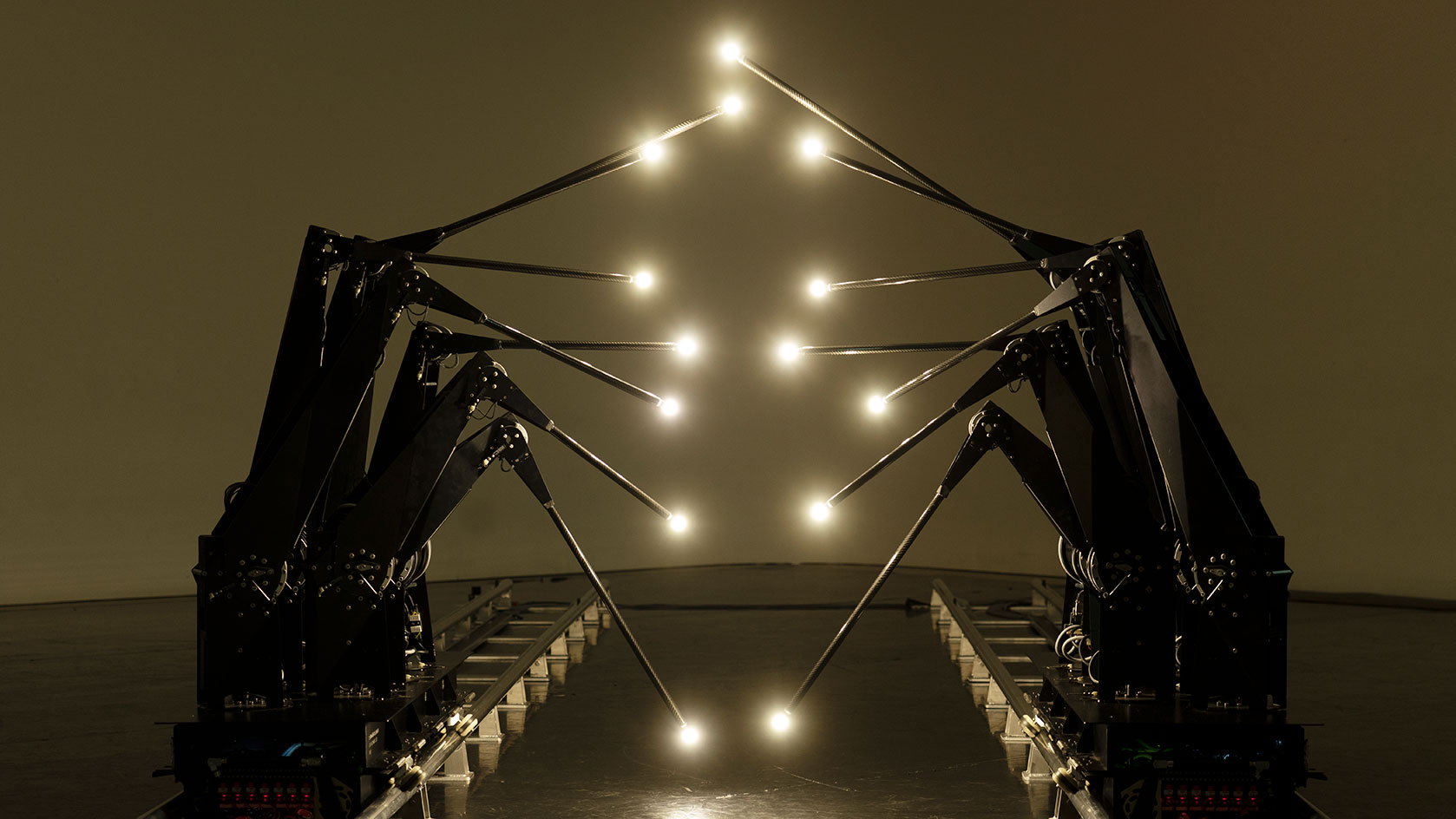
Random International seeded the ideas for the sculpture, called Fifteen Points/II, during artists’ residencies in the US, one of which was at the Harvard School of Engineering and Applied Sciences. Comprising a set of robotic ‘arms’, programmed to move along two parallel tracks, the machine they developed is designed around models of human movement as represented by 15 moving light points, hence the illuminated tips of Fifteen Points/II.
As the robot articulates its way through space, Company Wayne McGregor dancers Rebecca Bassett-Graham and Jacob O’Connell weave around and through the sculpture, exploring their own sense of being bodies in motion, while also contemplating the gestures of the machine. At times they pause, as if they are engaging in a silent, physical conversation with the robot. This grand pas de deux of sorts culminates in the ‘limbs’ of Fifteen Points/II marking the outline of a human shape ‘walking’ towards and away from us. It’s a dramatic and ephemeral moment in the work, evoking the feeling that the machine has come alive.

‘This work is an emotional prototype for what we might expect in future with machines,’ say Random International. ‘What happens to us, what do we feel when we see a thing (a robot!) that moves like us, but doesn’t otherwise look at all like we do? Do we connect?’
‘During the performance, the dancers boot the robotic sculpture and wrestle life into it. It synergises future and present, technology and humanity – a topic that drives us as a company,’ adds Christiane Pyka, BMW Group Arts & Design Cooperations.
McGregor says that when he saw an early study for Fifteen Points, it felt like an object, or an ‘instrument’ as he likes to call it, with ‘an amazing visceral and poetic power’. ‘This robot moves harmoniously with grace and elegance,’ he comments. ‘It is, in itself, a sensual, aesthetically pleasing living machine. No One is an Island invites us to interact with it as we do, body to body, in real life.’
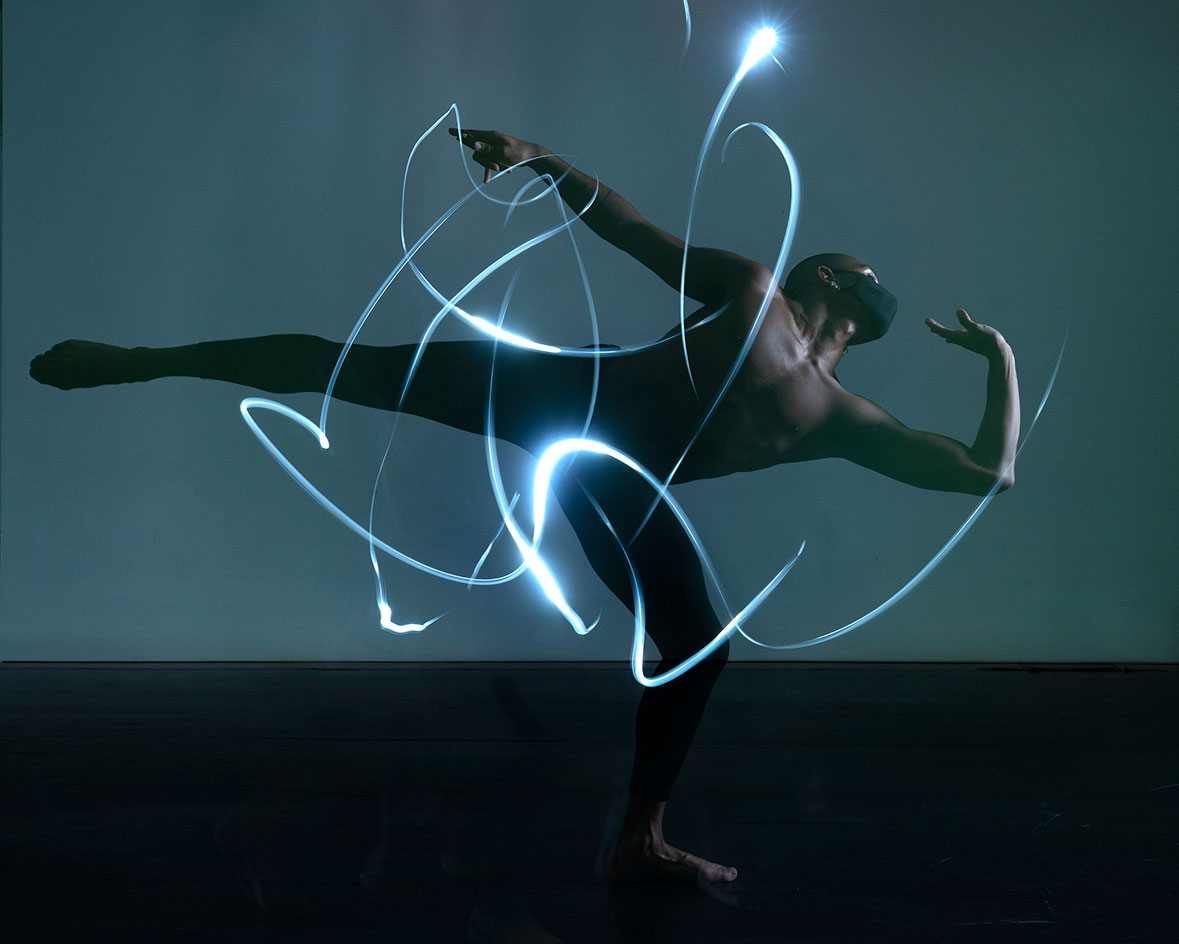
As an entry point to the choreography, he and his dancers started with a study of the biomechanics of the sculpture. ‘We began with trying to understand the physicality of the robot,’ says McGregor. ‘How does it move through space, how does it kinetically flow?’ During rehearsals, he witnessed the dancers developing a connection with the machine that resonated for him: ‘I had a Tamagotchi when I was younger and it is incredible how quickly I built a relationship with it – I was devastated when it was roasted! The dancers built a bond with the No One is an Island robot in a similar way and very quickly.’
The sonic backdrop for McGregor’s sinuous choreography and often delicate gestures of the machine is an original score by Japanese musician Chihei Hatakeyama. Through its waves of sound and subtle tonal shifts, the music adds a mesmerising quality to the performance. McGregor describes Hatakeyama as an ‘acoustic sculptor’ and often plays his music in the studio while he is working, ‘It felt important to have a score for this work that allowed you to enter a liminal world where nothing felt fixed,’ he says.
Receive our daily digest of inspiration, escapism and design stories from around the world direct to your inbox.

Both McGregor and Random International point to the climax of the performance – the robot ‘walking’ – as the most interesting part of the work. ‘That’s where you really experience cognitive dissonance on the awakening of the entire machine,’ say Random International. What McGregor has choreographed up to this point is a movement narrative, an ‘energetic engagement’ in his words, or series of ‘co-ordinations’, beautifully expressed by his dancers, which prepare us for this moment of connection.
‘We suddenly realise (again) that we’re not alone,’ say Random International. ‘We don’t exist in isolation and we thrive on feeling with others.’
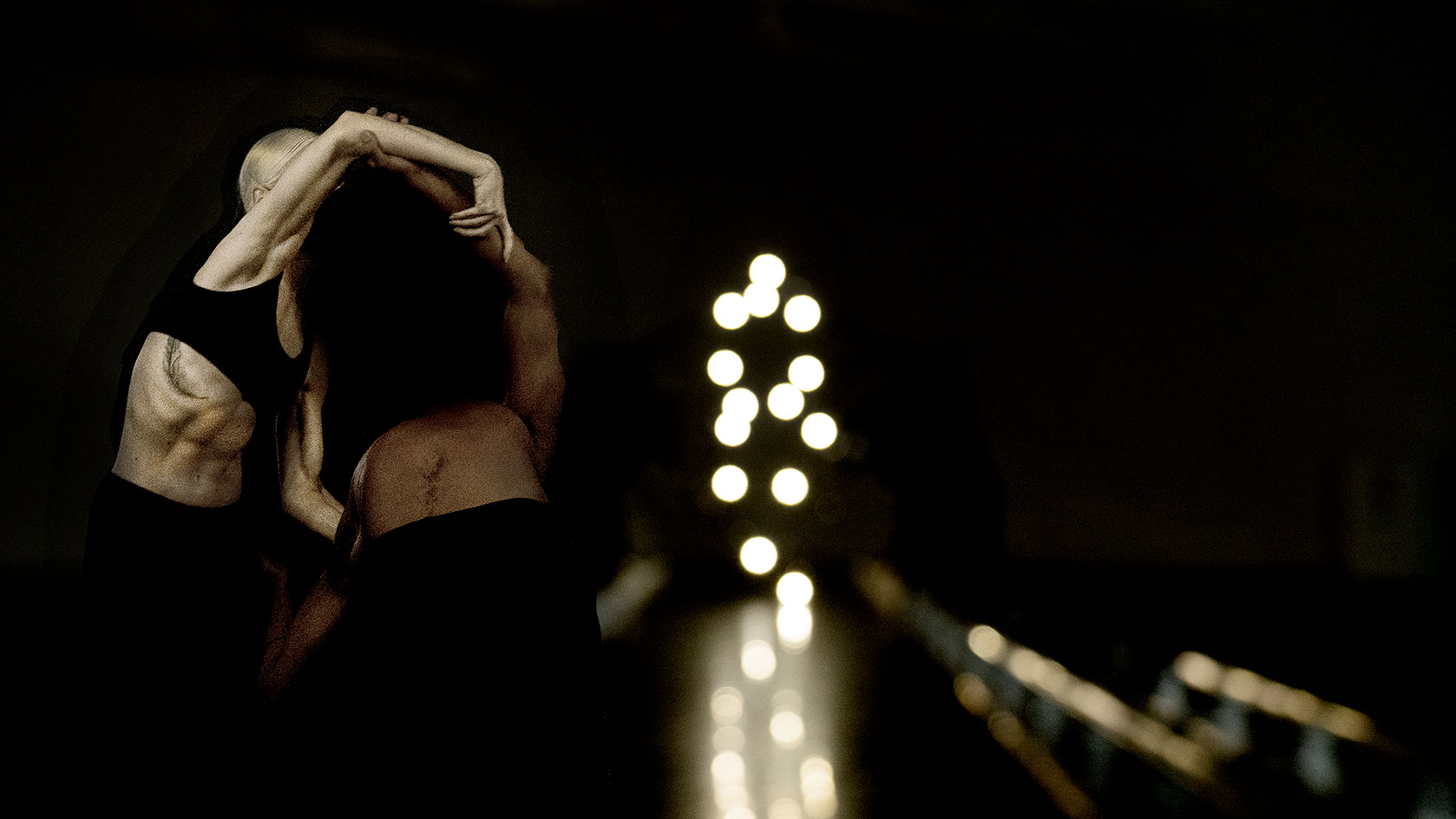
What No One is an Island makes us feel is at the heart of a longstanding and ongoing investigation by both McGregor and Random International. For all the artists, an exploration of our physical ‘communication behaviours’ affords us a glimpse of a possible future relationship between man and machine.
‘As robots become more intelligent, and as AI and machine learning help train and evolve agency, these questions will become even more resonant and explosive,’ says McGregor. What may unfold between us and them, he suggests, is a ‘new movement language’, which is a dazzling idea – a true and exciting step into the unknown.
INFORMATION
The performance will be shown 13 – 16 October 2021, 3pm-7pm daily during Frieze London 2021, parkvillage.co.uk
ADDRESS
Park Village Studios
1 Park Village East,
London NW1 7PX
-
 Nina Christen is the designer behind fashion’s favourite – and most playful – shoes
Nina Christen is the designer behind fashion’s favourite – and most playful – shoesShe’s created viral shoes for Loewe and Dior. Now, the Swiss designer is striking out with her own label, Christen
-
 These are the 12 emerging designers we are excited to follow into 2026
These are the 12 emerging designers we are excited to follow into 2026These are the designers to watch for 2026: from unpredictable glassmakers to furniture designers working with bones, textile artists exploring ancient techniques and makers giving new life to mundane tools
-
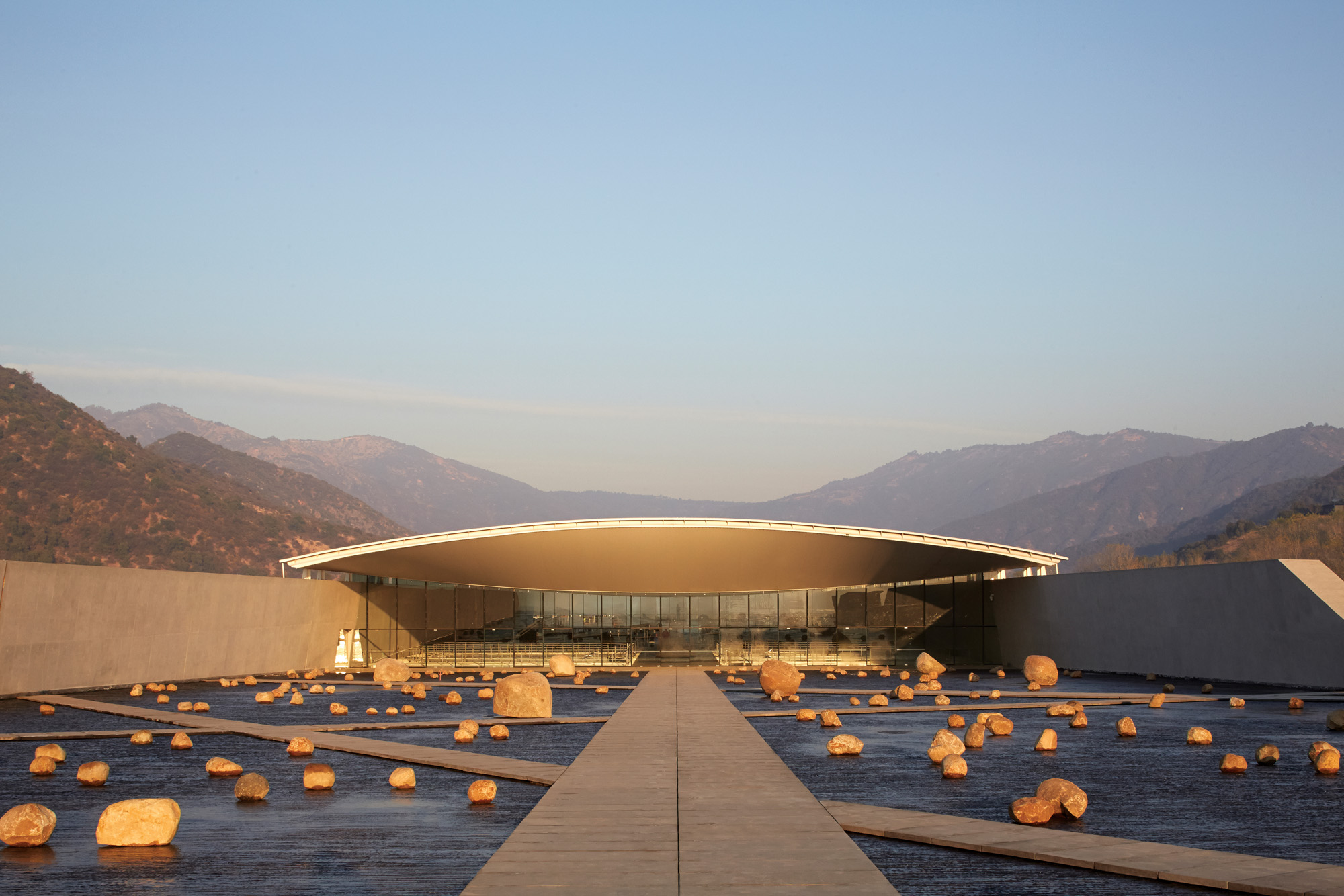 Traditional methods underpin Smiljan Radic's designs: 'I am not a creator of new shapes'
Traditional methods underpin Smiljan Radic's designs: 'I am not a creator of new shapes'Smiljan Radic is building a reputation with fabric roofs, fake ruins and a supporting cast of boulders; we visit a story from the Wallpaper* archives, exploring the architect's work, from a Chilean winery to London’s 2014 Serpentine Pavilion
-
 Out of office: The Wallpaper* editors’ picks of the week
Out of office: The Wallpaper* editors’ picks of the weekFrom sumo wrestling to Singaporean fare, medieval manuscripts to magnetic exhibitions, the Wallpaper* team have traversed the length and breadth of culture in the capital this week
-
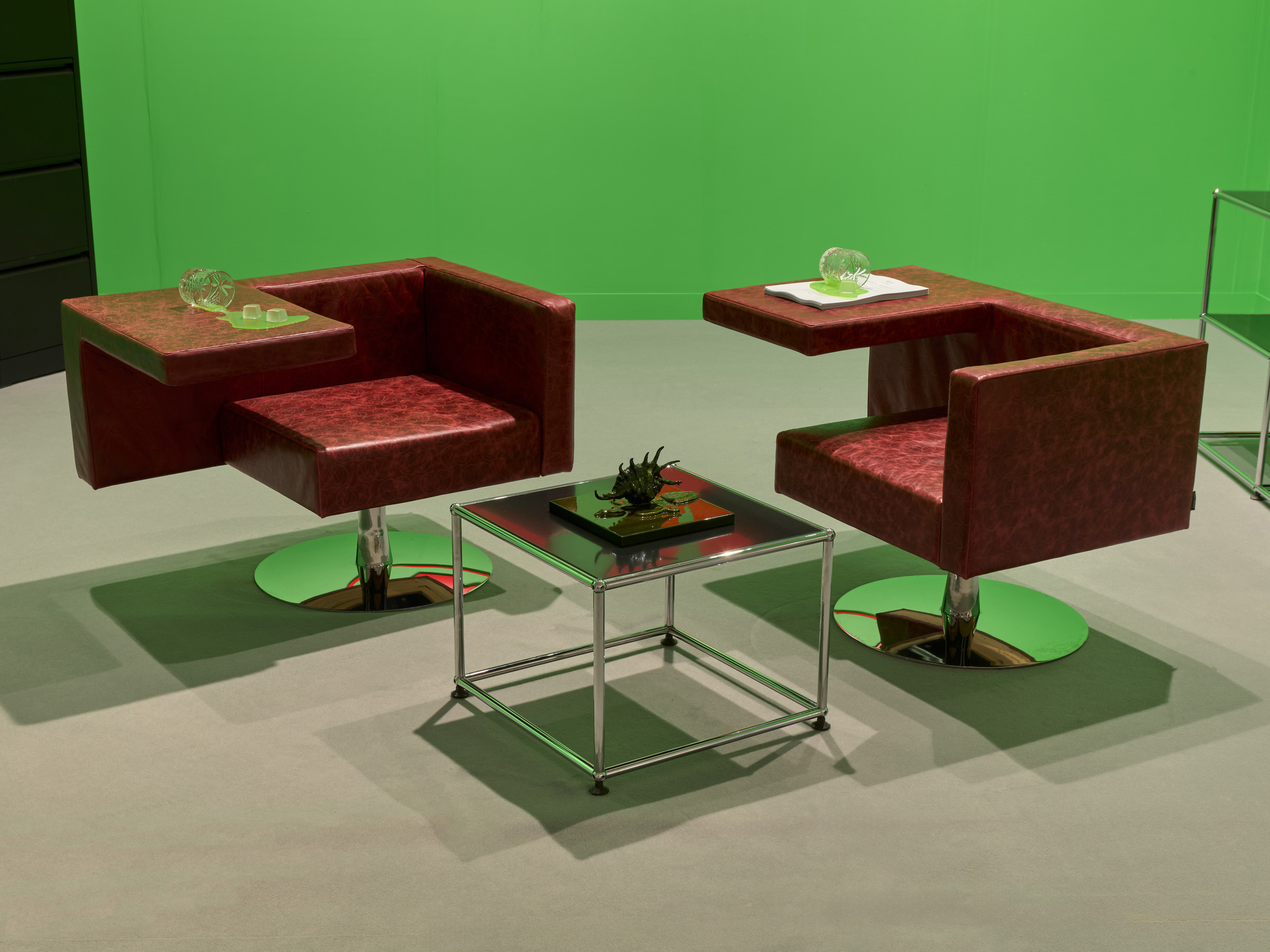 Who are the nine standout artists that shaped Frieze London 2025?
Who are the nine standout artists that shaped Frieze London 2025?Amid the hectic Frieze London schedule, many artists were showcasing extraordinary work this year. Here are our favourites
-
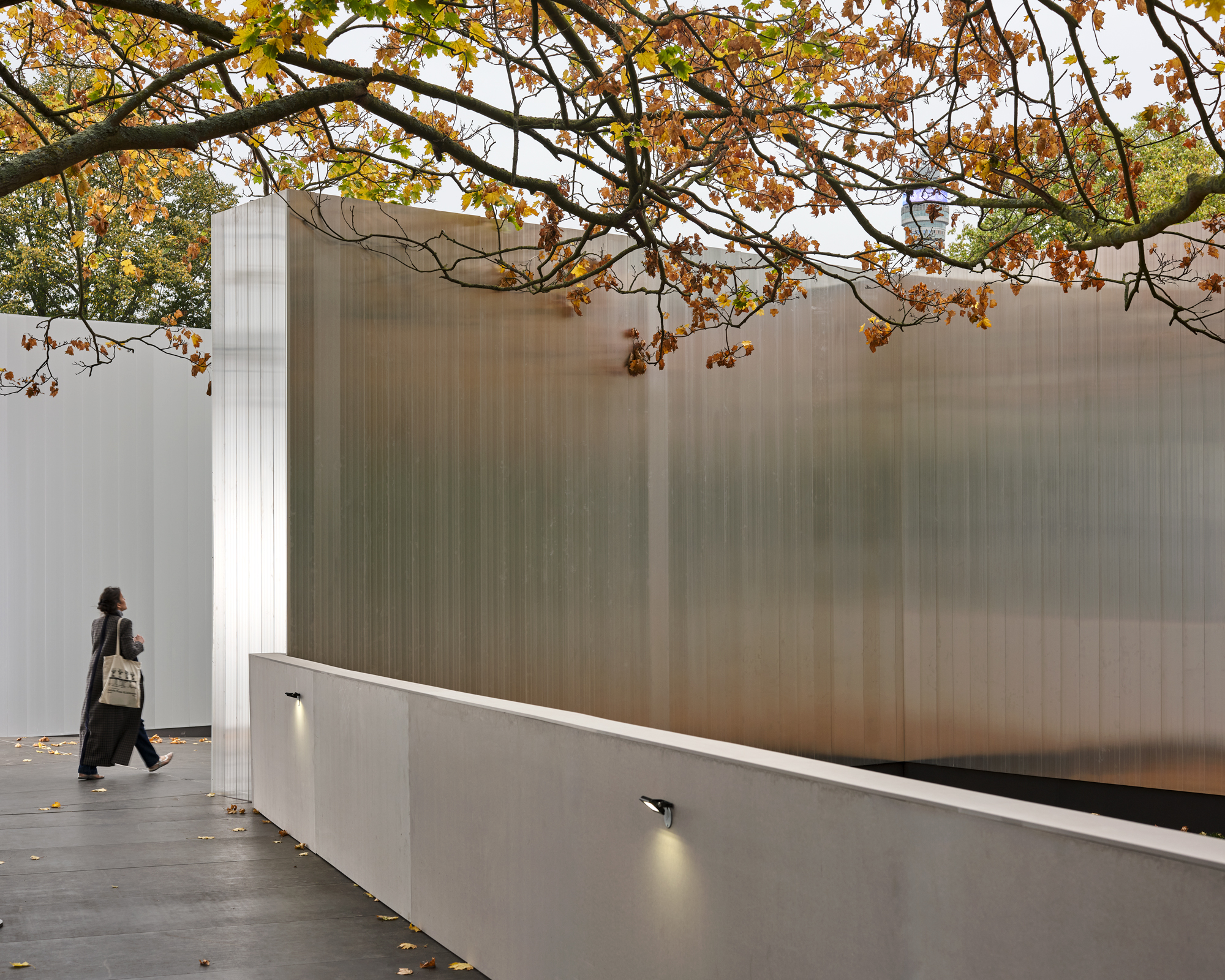 Out of office: The Wallpaper* editors' picks of the week
Out of office: The Wallpaper* editors' picks of the weekThe London office of Wallpaper* had a very important visitor this week. Elsewhere, the team traverse a week at Frieze
-
 Leo Costelloe turns the kitchen into a site of fantasy and unease
Leo Costelloe turns the kitchen into a site of fantasy and uneaseFor Frieze week, Costelloe transforms everyday domesticity into something intimate, surreal and faintly haunted at The Shop at Sadie Coles
-
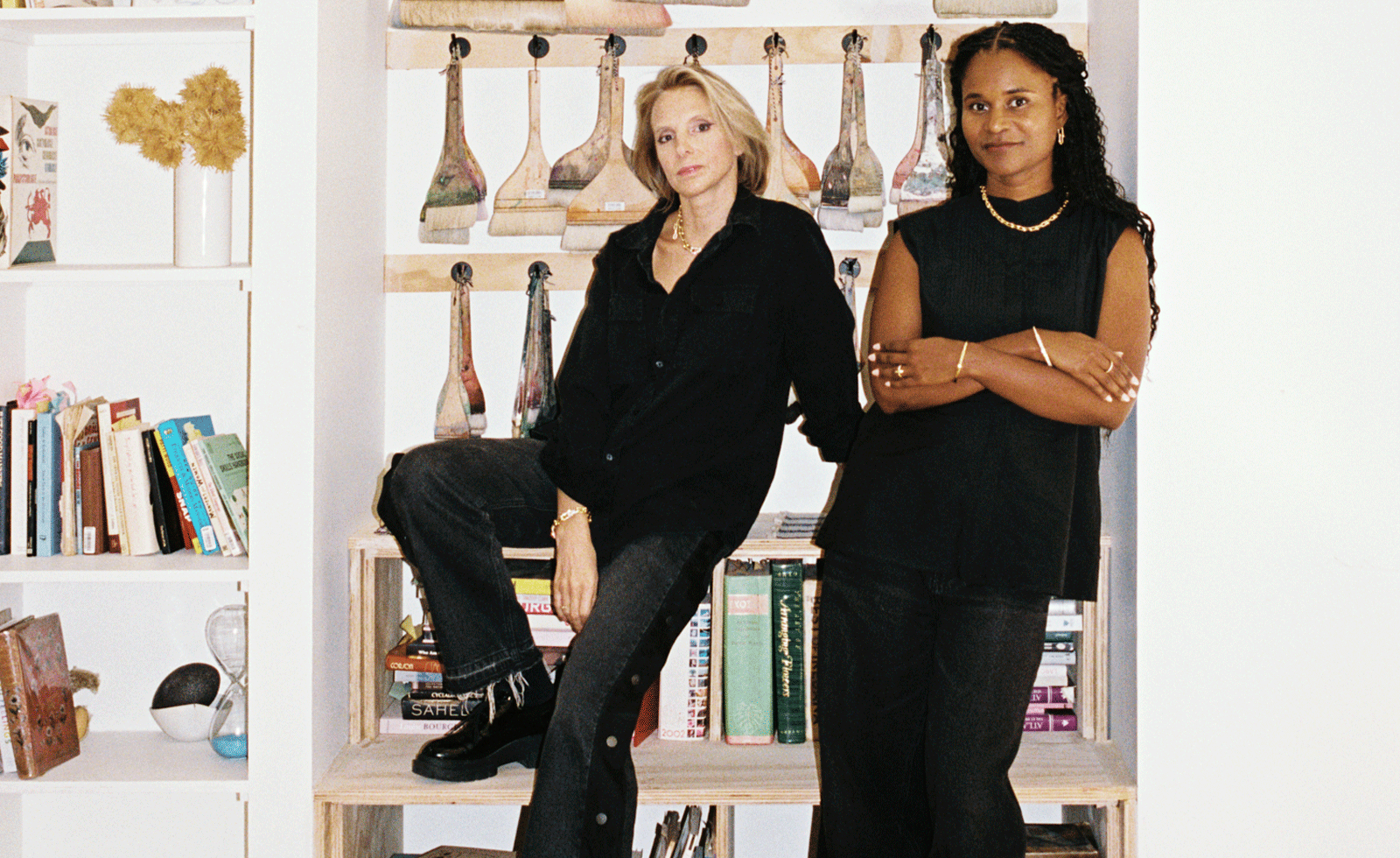 Tiffany & Co’s artist mentorship at Frieze London puts creative exchange centre stage
Tiffany & Co’s artist mentorship at Frieze London puts creative exchange centre stageAt Frieze London 2025, Tiffany & Co partners with the fair’s Artist-to-Artist initiative, expanding its reach and reaffirming the value of mentorship within the global art community
-
 Out of office: the Wallpaper* editors’ picks of the week
Out of office: the Wallpaper* editors’ picks of the weekAs we approach Frieze, our editors have been trawling the capital's galleries. Elsewhere: a 'Wineglass' marathon, a must-see film, and a visit to a science museum
-
 Frieze Sculpture is back – here's what to see in Regent's Park
Frieze Sculpture is back – here's what to see in Regent's ParkFrieze Sculpture has returned to Regent's Park. As London gears up for Art Week, here's what to see on the fringes
-
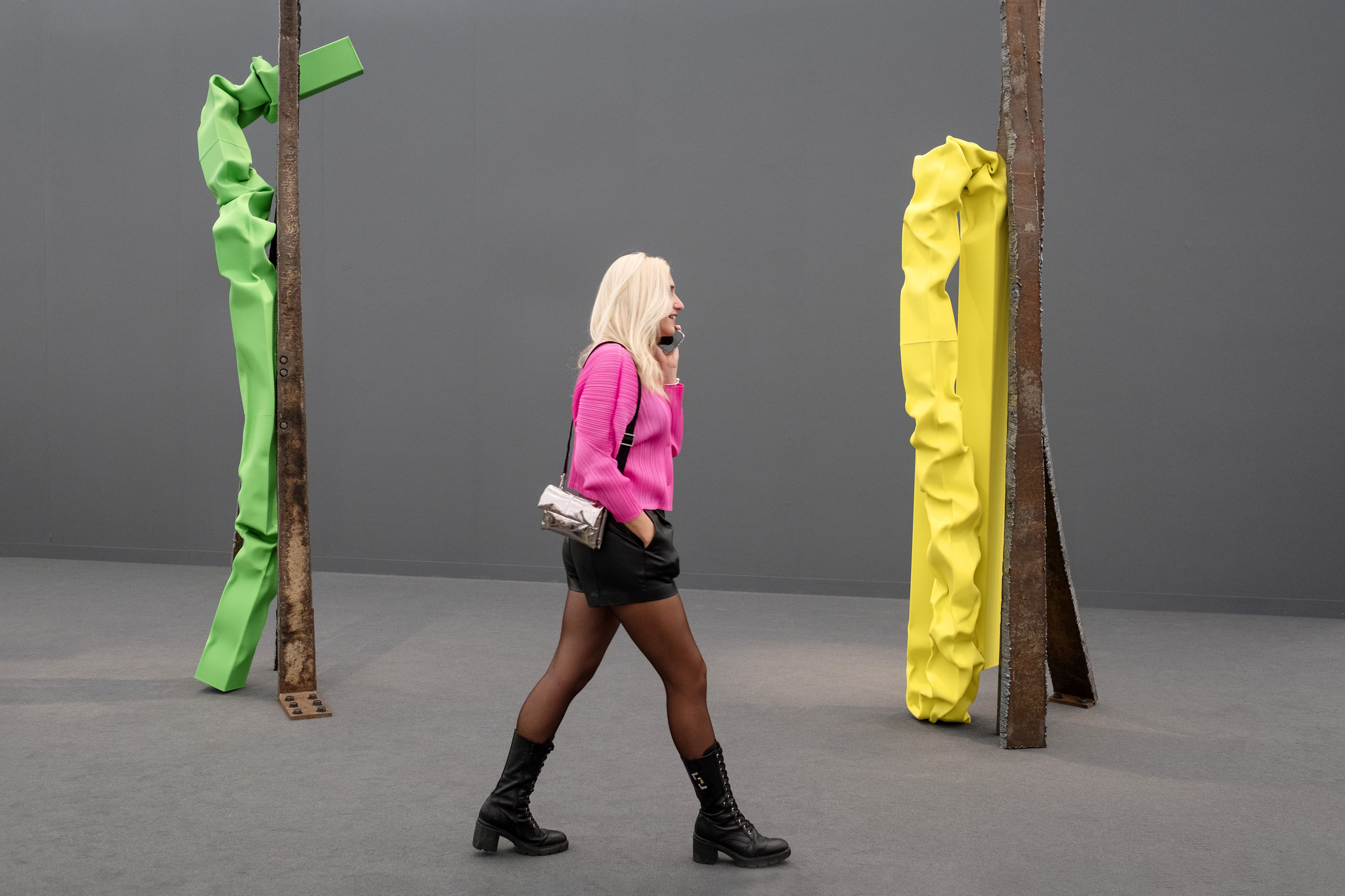 Frieze London is back! Here’s what to see
Frieze London is back! Here’s what to seeAs London gears up for Frieze 2025 (15-19 October), plan your visit early